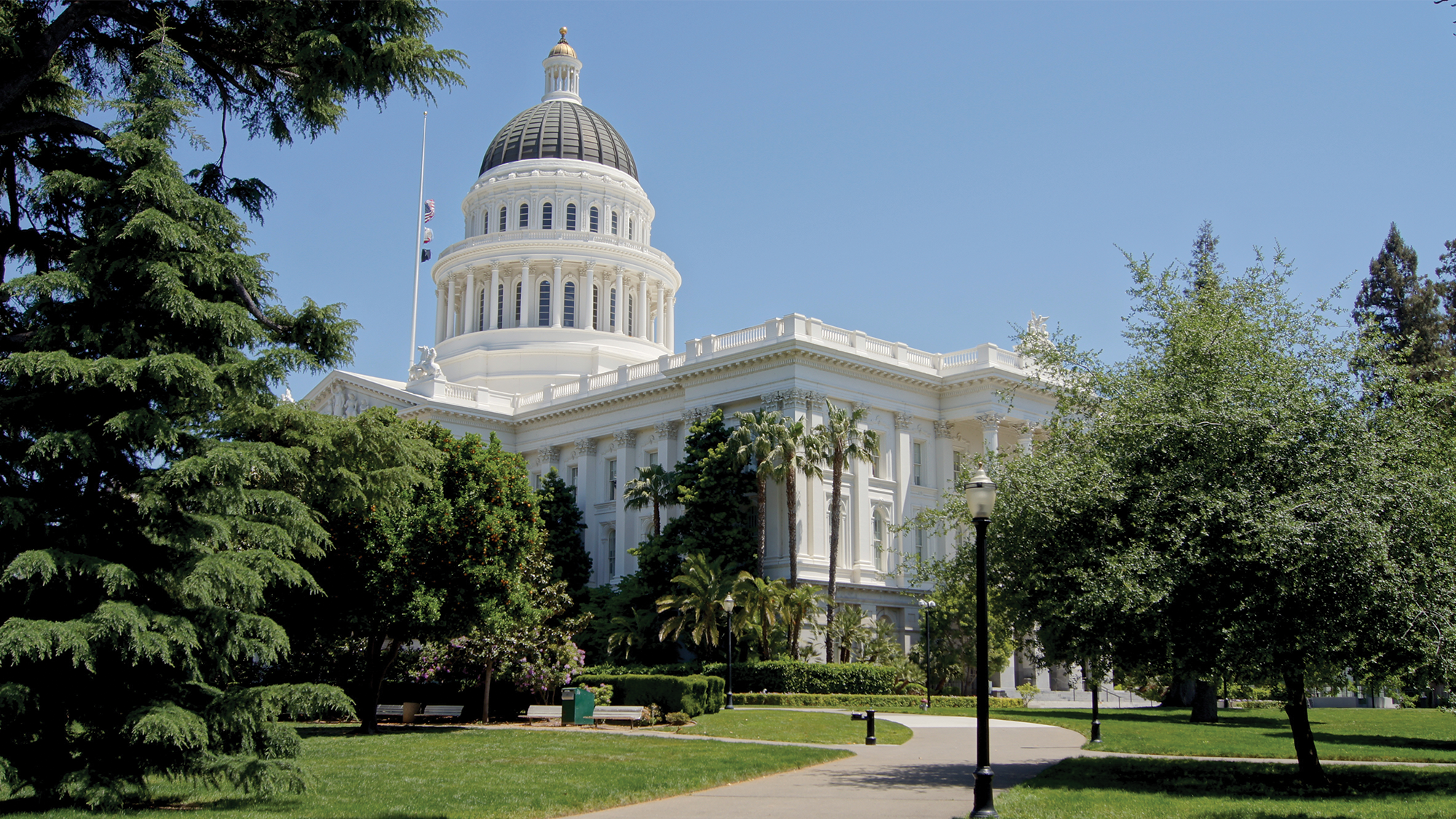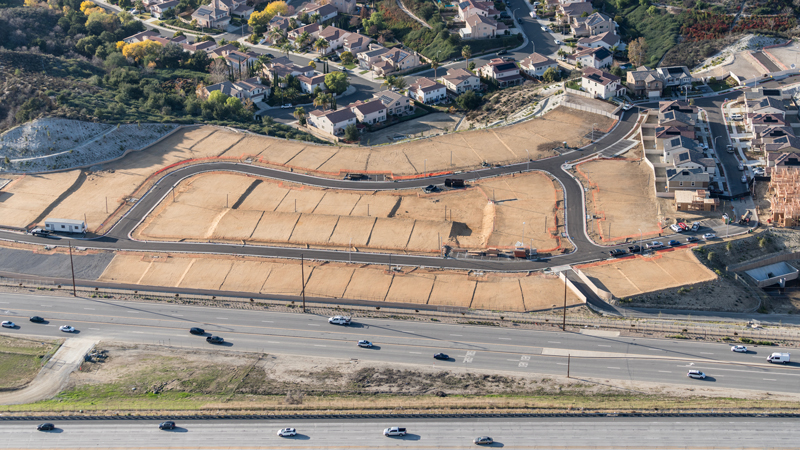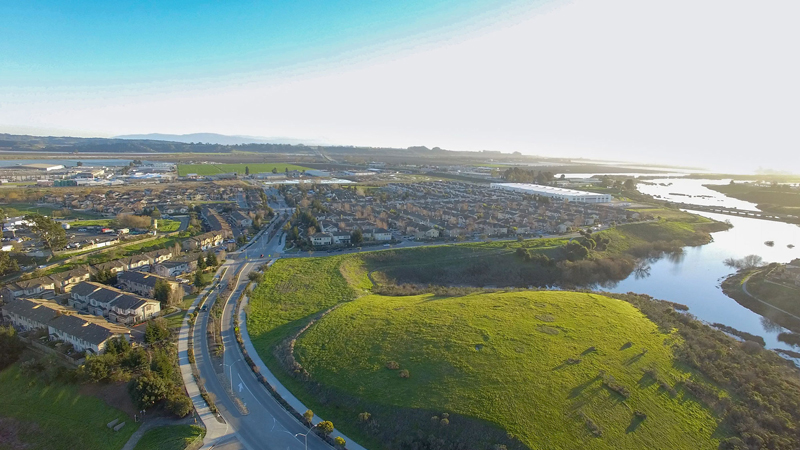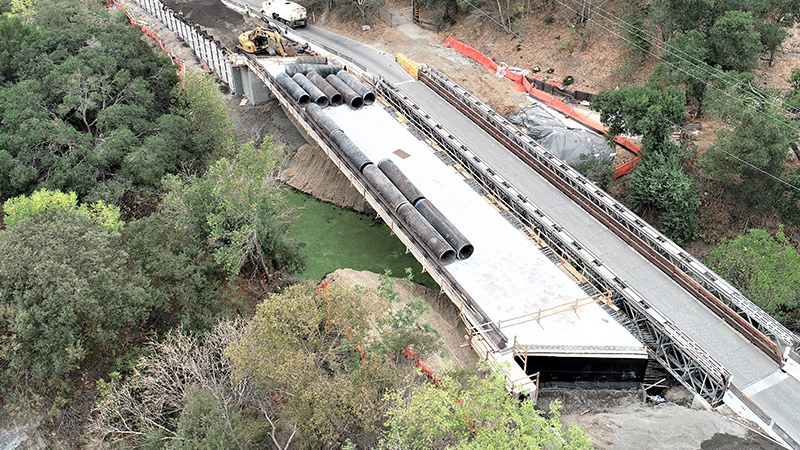3.2 minute read
July 22, 2020
During this unprecedented time of COVID-19 and the resulting impacts to our economy, California continues to lead the way in planning for climate impacts and incorporating climate adaptation into existing policies and programs. This post is the first in a series focused on how climate change adaptation and resilience is connected to work being done across the landscape of state, regional, local governments and special districts in California.
In just five years, California’s climate adaptation policies have evolved at a dramatic pace—and the changes keep coming. As a result, many local governments are scrambling to navigate and comply with the myriad of legislative mandates and plan update cycles.
Whether your local jurisdiction is taking its first steps to identify climate risks, or you have a fully developed climate adaptation plan, the advisors at Harris & Associates can provide valuable guidance on state adaptation policies and what they mean to your efforts.
Harris & Associates put together a review of some of the policies that have played a major role in the creation of the state’s vision, framework, and guidance for climate adaptation. Mandates, incentives, and information to inform decisions working together are powerful drives of the speed of adoption of adaption policies and programs.
California Climate Adaptation Policies of Note
- Safeguarding California, the first climate adaptation strategy, was released in 2009. Assembly Bill (AB) 1482 requires the Natural Resources Agency to update the state’s climate adaptation strategy every three years, with the last update taking place in 2018. Now called the Safeguarding California Plan, it contains implementation measures and specific responsibility for state agencies to carry out those policies.
- Senate Bill (SB) 246 established the Integrated Climate Adaptation and Resiliency Program (ICARP) in 2015. Developed and run by the Office of Planning and Research (OPR), the program has two components: The State Adaptation Clearinghouse and the Technical Advisory Council. Together, these components provide a cohesive, coordinated response to climate change impacts across California.
The Adaptation Clearinghouse is a centralized source of information and resources to help state, regional, and local decision makers when they’re planning and implementing climate adaptation projects. The Technical Advisory Council, meanwhile, brings together local governments, practitioners, scientists, and community leaders to coordinate activities that better prepare California for climate change.
- In addition to establishing ICARP, SB 246 also requires OPR to work with the California Office of Emergency Services (CalOES) to review and update, as needed, the California Adaptation Planning Guide (APG). APG is a set of four complementary documents designed to guide local jurisdictions in addressing the unavoidable consequences of climate change.
The CalOES is currently updating the APG to adequately reflect changes in climate science, adaptation practices, and legislation to further assist jurisdictions in creating and incorporating climate strategies specific to their region. This update is slated to be released shortly, after a two year process to update the Guide, including a significant public review period earlier this year.
- Executive Order B-30-15 directed all state agencies to integrate climate change into all planning and investment decisions, including accounting for current and future climate conditions in infrastructure investments. OPR was directed to convene a Technical Advisory Group to develop guidance in support of the Executive Order, which resulted in the Planning and Investing for a Resilient California
Stay tuned for our next blog post, where we’ll take a closer look at local adaptation polices in California. Meanwhile, learn how climate adaptation can be integrated into local hazard mitigation plans and how to mainstream your climate adaptation without grant funding.
Harris & Associates offers a wide range of strategic advisory services to guide you through the complex challenges of local planning for climate change. To learn more about how we can help, contact our experts below.
Source
Harris & Associates
Markets
Municipal
Planning + Development
Services
Climate Change + Sustainability
Risk + Resilience
Community Planning
Categories
Climate Adaptation











